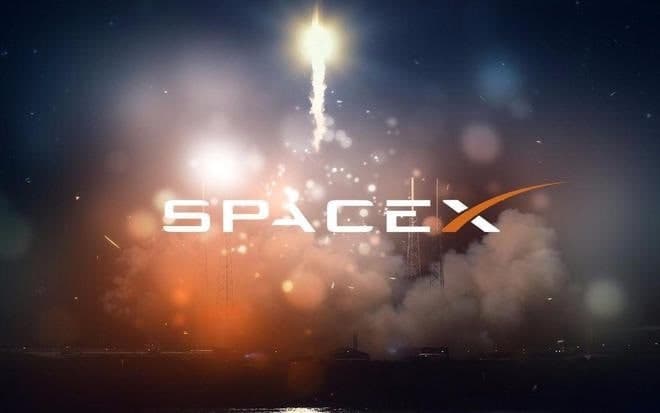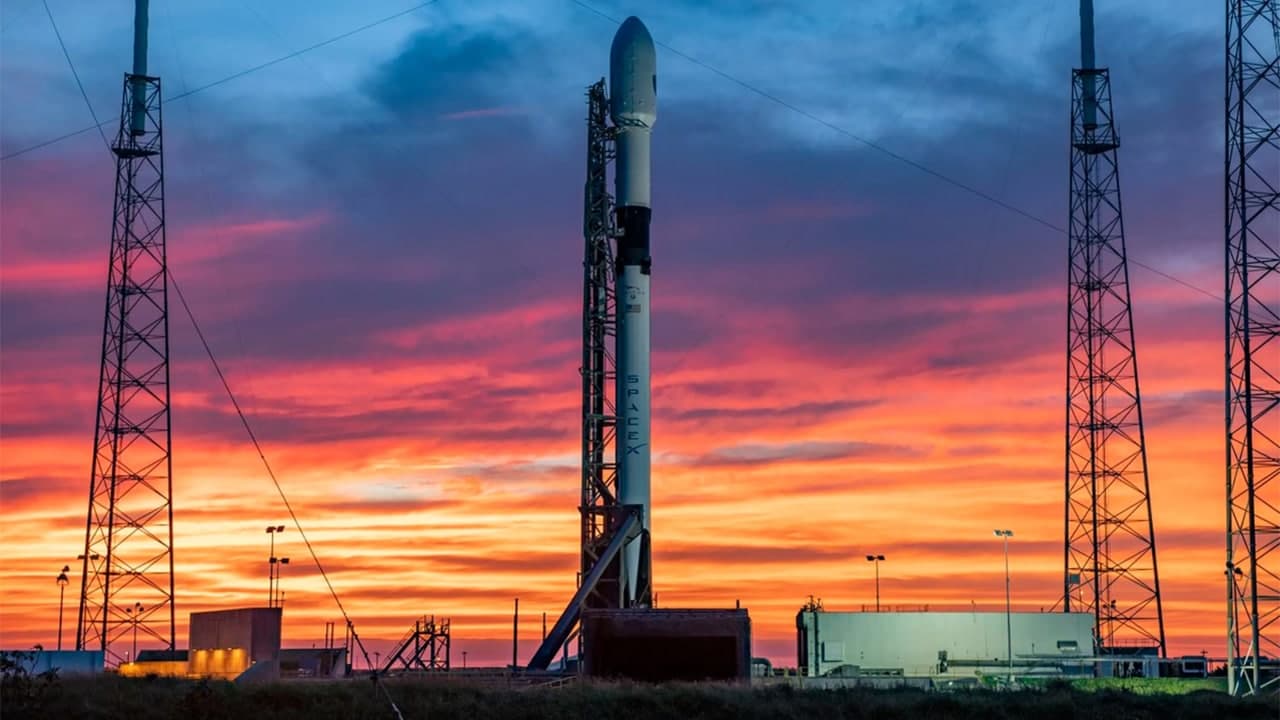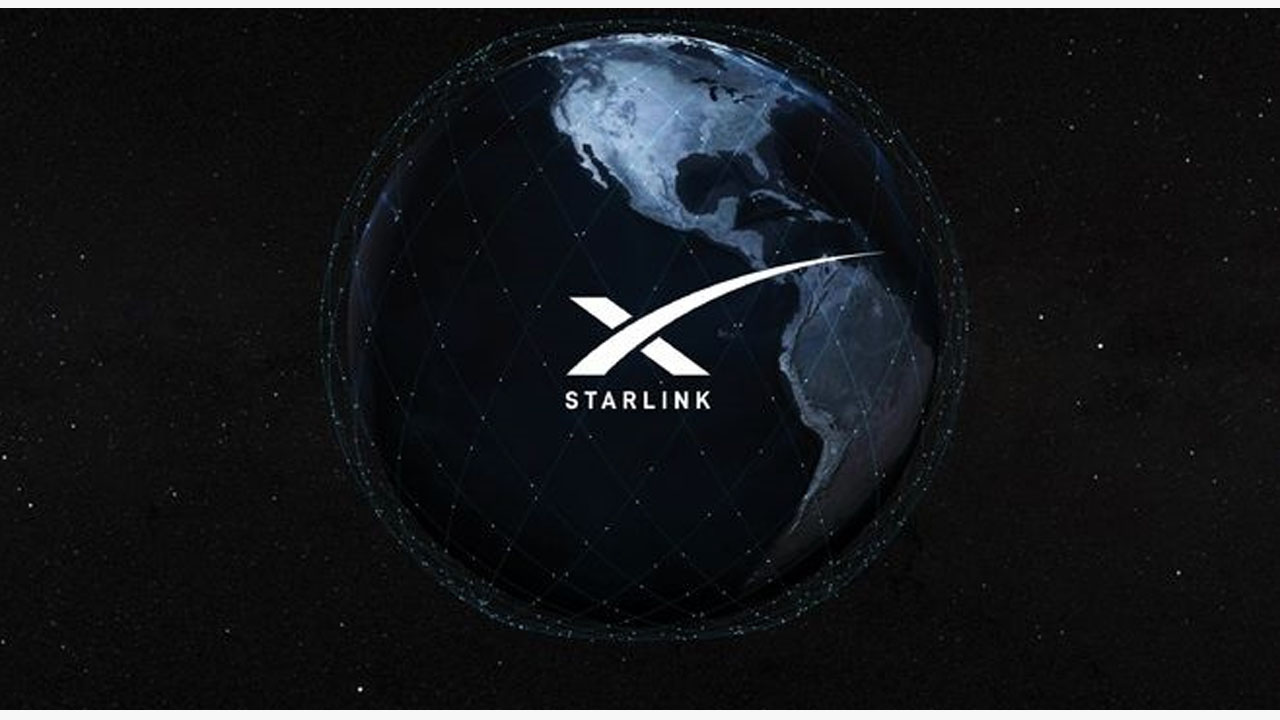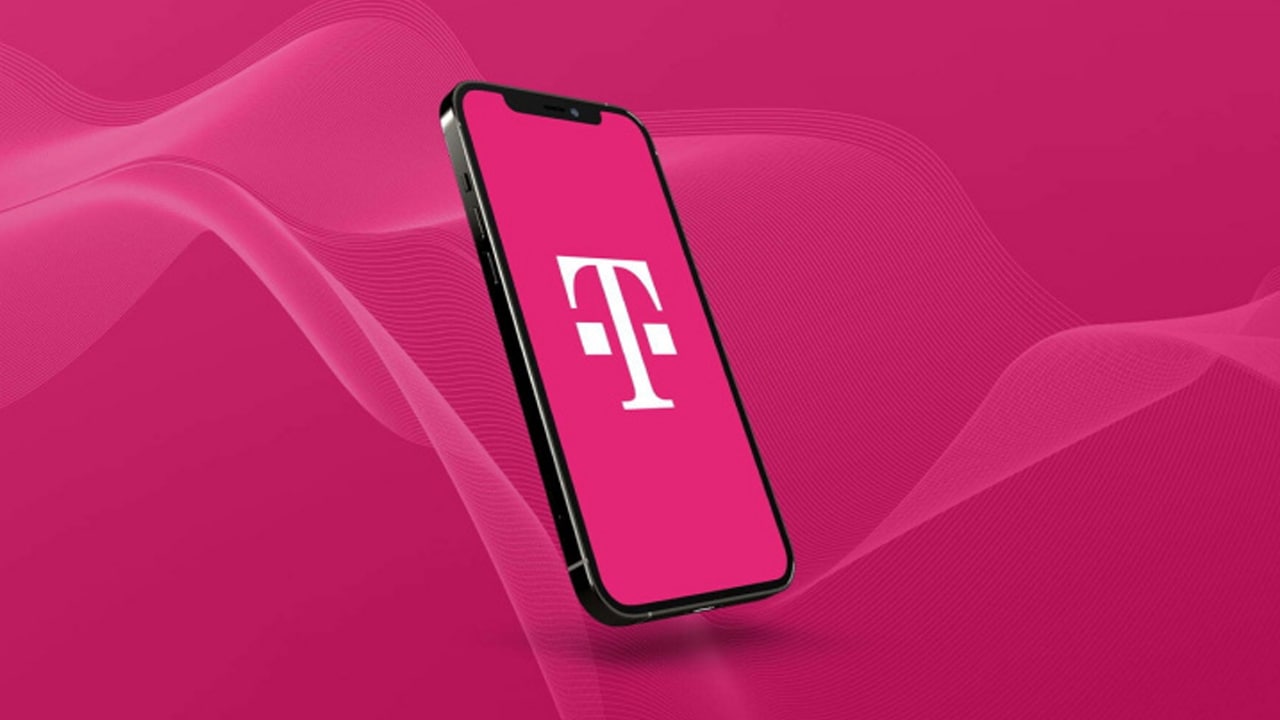SpaceX, a US space exploration technology company, confirmed that its first release of Starlink satellite this year was postponed due to a change in the schedule of its first ‘carpool’ mission to launch micro-satellites for third-party customers.
SpaceX’s first dedicated micro-satellite carpooling release mission was called Transporter-1. It was originally scheduled to be launched on January 14th, Eastern Time, but after a series of accidents at the beginning of this year, the mission was postponed to January 21st .
Affected by this, the 17th batch of Starlink satellite missions originally planned to be launched on January 17th, Eastern Time was also forced to be delayed, and is now tentatively scheduled for January 18th.

SpaceX now has five off-the-shelf Falcon 9 rocket boosters to support this release mission. Among them, B1049 (in terms of numbers) is the best candidate. Its last launch was in late November last year, and the turnaround time as of January 17 was 54 days. The B1058 is the second booster recently launched, and SpaceX has approximately 40 days to refurbish it.
No matter which booster SpaceX ultimately chooses, it will almost certainly create the fastest turnaround time ever for the Falcon 9 rocket. However, this is an increasingly unimportant milestone, as the company is actively reducing the average time between booster launches.
As SpaceX continues to accumulate experience in recovering and reusing payload fairings, the 17th batch of Starlink satellites may use at least one second-hand fairing. Assuming that SpaceX launches 60 Starlink satellites this time, the successful launch will mean that since the start of May 2019, the company has officially launched more than 1,000 Starlink satellites .
This release will increase SpaceX’s orbital functioning satellites to 940, of which half or more are currently being upgraded or adjusted.
According to statistics, the Kennedy Space Center (KSC) and Cape Canaveral Air Force Station (CCAFS) are expected to support up to 53 launches in 2021, of which SpaceX launches approximately 42-44.
This number is in line with what SpaceX CEO Elon Musk recently pointed out. He said that SpaceX’s goal this year is to complete as many as 48 launches, of which 4-6 may take off from the company’s facilities at Vandenberg Air Force Base in California.
If SpaceX really completes more than 40 launches in 2021, it can be said with certainty that half of them may be used for Starlink missions.
In other words, the 17th batch of Starlink satellites to be launched by SpaceX is likely to be the first of the 20 satellite launches planned for the next 12 months, and the number of satellites in orbit may reach 1,500 this year.

(Source)













